By John R. Wright
Photos from the Jack Deren collection
Jack Deren has packed more restorations, race prepared cars and time at race tracks all over the country than anyone I can think of off the top of my head. Over the years I have been going to the vintage weekend at the Glen I have talked with Jack off and on but he’s always been too busy to sit down for long. However, on a Glen vintage weekend in September of 2022, I sat down with Jack at breakfast. Our breakfast turned into lunch, and while he talked I took notes. What an interesting racing career he’s had with ups and downs but mostly interesting times.
He’s done every car from hot rods to CanAm cars and he’s worked with so many drivers it took him about fifteen minutes to list them all and he would be the first to admit that there would be more if he could remember them all.
JW: Jack, you said you don’t remember wanting to do anything but work on cars.
Deren: The year I graduated from high school in 1952, I received a full two -year scholarship for mechanical design to the Spring Garden Institute of Technology in Philadelphia, and I graduated in 1954. In 1952, I also won second place among Pennsylvania entries in the annual auto design/craftsmanship competition sponsored by General Motors’ Fisher Body Craftsman’s Guild. The prize money was enough to buy a ’36 Ford 3-window coupe. I turned it into my first hot rod.
JW: Let’s turn to your involvement in the racing world. When did you go to your first race?
Deren: I’m not sure but it was around 1954-55. I went to Elkhart Lake with a couple of Philadelphia Sports Car Club guys like Al Bochroch and John Milos. It was in 1958 I got my first pit pass with Teddy and Timmy Mayer. That’s when I was working with Roy Gane for Roger Penske.
JW: Tell us about working with Roy Gane at Updraught Engineering.
Deren: I worked for Roy at Updraught and then for Roger Penske part time. I started out as a “gofer,” but I helped Bob Webb build the Zerex special. There was a lot of volunteer work in those days. Bob did the body work on the car, and Harry Tidmarsh did the final prep and paint. I should say there was a lot of bitching about Roger’s car out west because he was from the east and won Riverside in October of 1962 in that car. While I was working with Bob Webb, I got to know Karl Kainhofer who was working for Bob Holbert at the time. My first cross country trip was to take Bob Holbert’s Porsche RS61 to Riverside and Laguna Seca and to help Karl’s crew with it. Bob gave me a brand new ’61 Buick station wagon and an open trailer for the trip, mostly on the old Route 66. I said, “Wow, a new station wagon!” Bob replied, “The best race car in the world has to get to the track, doesn’t it?”
The Penske Years
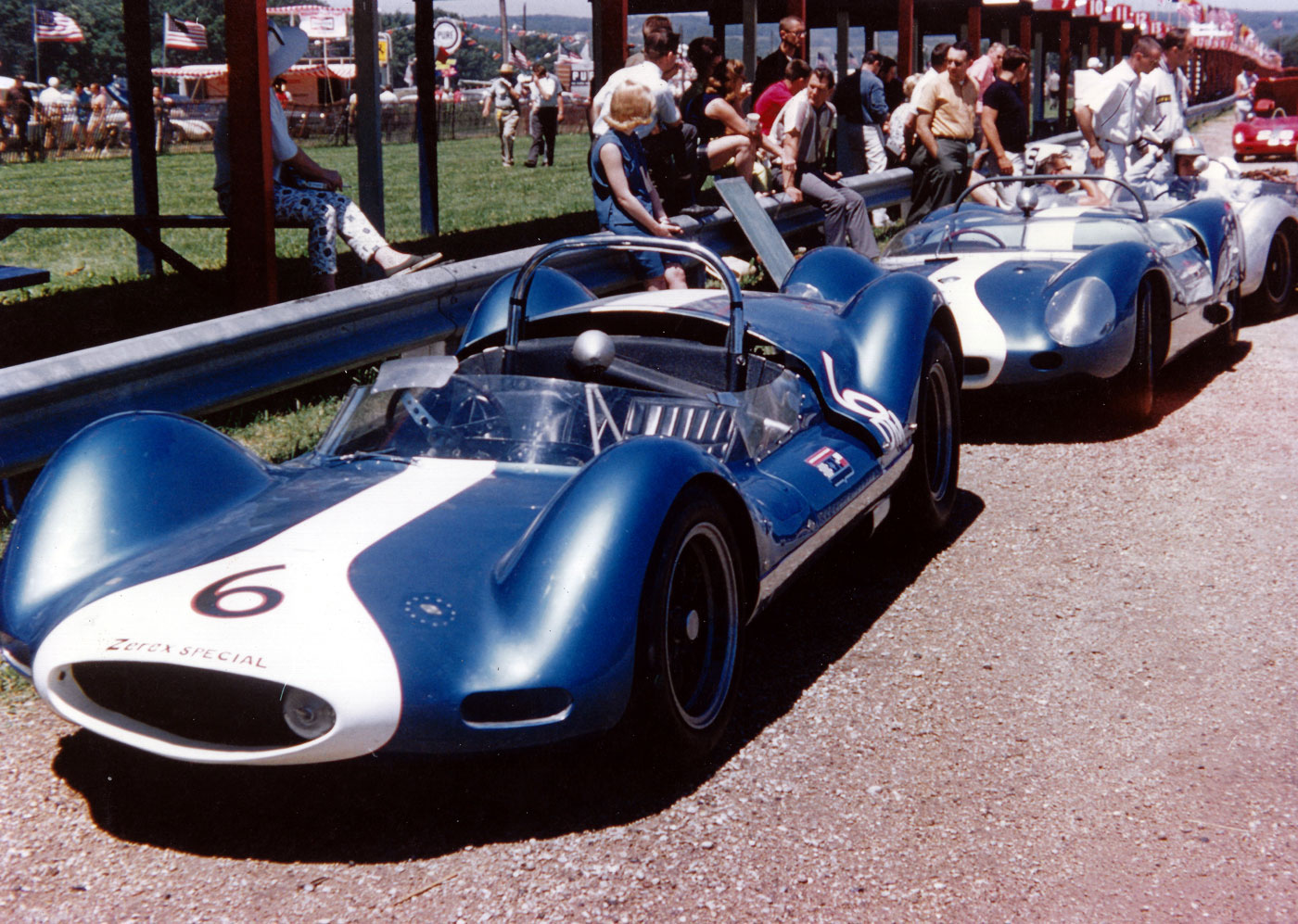
In its final form…note the cockpit. This was probably the next year, 1963, after cockpit modifications were made.
JW: How did you become involved with Oscar Koveleski? Tell us about your time with him.
Deren: After Roger decided to get out of racing, I wanted to stay in racing. Roger had been racing in Vineland, New Jersey and Giant’s Despair and Berwick road races and I got to know Oscar because he was racing there at the same time I had a shop in Norristown, and I built hot rods. I decided to move to Scranton, nearer my birthplace of Hazleton and I joined up with Oscar to form Auto World Racing. Oscar had acquired a Ferrari chassis 0588 with no drive train from a garage in Texas. I installed a Chevy engine and a 4-speed Corvette tranny. The Ferrari suspension was set up with a DeDion axle. At the time, there was no narrow independent rear which would handle the power. I took a Chevy Impala 12 -bolt live axle and cut it down to bring the wheel bearings as close to the differential as possible. Axles then had to be cut and re-splined to suit. We raced that car for two or three years, beating a number of “real” Ferraris. I heard Chinetti tried to buy it to get it off the track. Oscar asked him what he was going to do with it and he replied, burn it! Eventually, we sold it to Andy Warhol who painted it yellow! He was planning on making a movie- “The Yellow Ferrari”- spoofing “The Yellow Rolls-Royce.” The movie was never made.
JW: Eventually that car went to England. Tell us how that came about.
Oscar and Car 54
Deren: Oscar was wanting to move up to another car. The ex-Penske/Wintersteen Cooper Monaco was available, so he sold the Ferrari to a collector/dealer by the name of Tiny Gould. The car did go went to England, where we were described as “American butchers,” for cutting up one of four Ferrari Monza 875 S’s! And it was the only one with the fin behind the driver’s head rest. The car was eventually restored to original, and it went on to sell at auction for millions of dollars. It wasn’t the first time Oscar committed “sacrilege.” He had a 1947 Cisitalia Nuvolari roadster which he wanted to make more streamlined by lowering the cowl, body center, deck lid. When he cut it up, he cut right through the Cistalia name on the inside fender well! I eventually restored this car for Ron Kradjian who wanted it back to original. Luckily, I was restoring another ’47 Nuvolari roadster for Gary Ford, so I used his trunk lid to make a fiberglass copy of the proper shape – but that car is a whole other story.
JW: Now, tell those of us who don’t know, what was Oscar’s day job?
Deren: Oscar ran Auto World, a mail order company. He sold model cars and drivers’ equipment. His dad, Tony had a hobby shop in Scranton that specialized in Hudson Miniatures model cars. Oscar’s race cars were one way he advertised the business. Until 1971, they ran under the Auto World name; then, he briefly picked up sponsorship from model-car maker, Jerobee. Eventually, Auto World lost ground to other sellers who could place bigger orders with manufacturers and sell for less and so he closed it.
JW: Now let’s talk about the cars Oscar raced and which you maintained.
Deren: While he was racing the ex-Penske Cooper Monaco, Oscar was sitting talking with Phil Remington who told him that Ford was getting out of racing. Phil said, here are two King Cobra chassis, a pile of Cooper parts and a Shelby Daytona Coupe. The list was on one sheet of paper. Oscar bought everything because of all the Cooper parts. It was all shipped east at no extra charge. Soon afterwards, we got a call from Don Nichols who said he was going to be a NASCAR guru in Japan and so we sold him the Daytona Coupe for what we had paid for the whole package! Of course, those cars now go for millions.
JW: Quite a sum.
Deren: Nobody ever thought old racecars would be worth that much. We got rid of old racecars and that was that. Nothing was more obsolete than last year’s racecar. We wanted the latest cars.
JW: Then there are the replicas or tribute cars.
Deren: Of course, they should be identified as replicas and built to period specs. Should we allow them to race in vintage events? If you have the real one, why not build a replica and bring it out? There are a couple of Grand Sport replicas which come out but don’t race for points. Race organizers want cars to fill out the grid. I’ve heard that there was a British group who had 5 components of a car and rebuilt it. They felt that if you had 3 parts and created a car, it would be a “restored car.” That’s legit.
JW: Can you give me another example?
Deren: I had Oscar’s old Cooper which he had crashed at the Hershey Hill Climb. I took parts from that car and put them on the third bare chassis we had from the batch we had acquired from Remington. The rusty old frame was outside and since I didn’t want it to be bought by somebody might rebuild it as “the original” I cut it up in pieces and scrapped it. We used to say – jokingly – that there were more McLarens still running than were built in the first place.
Next week: Can Am and BMW M1s
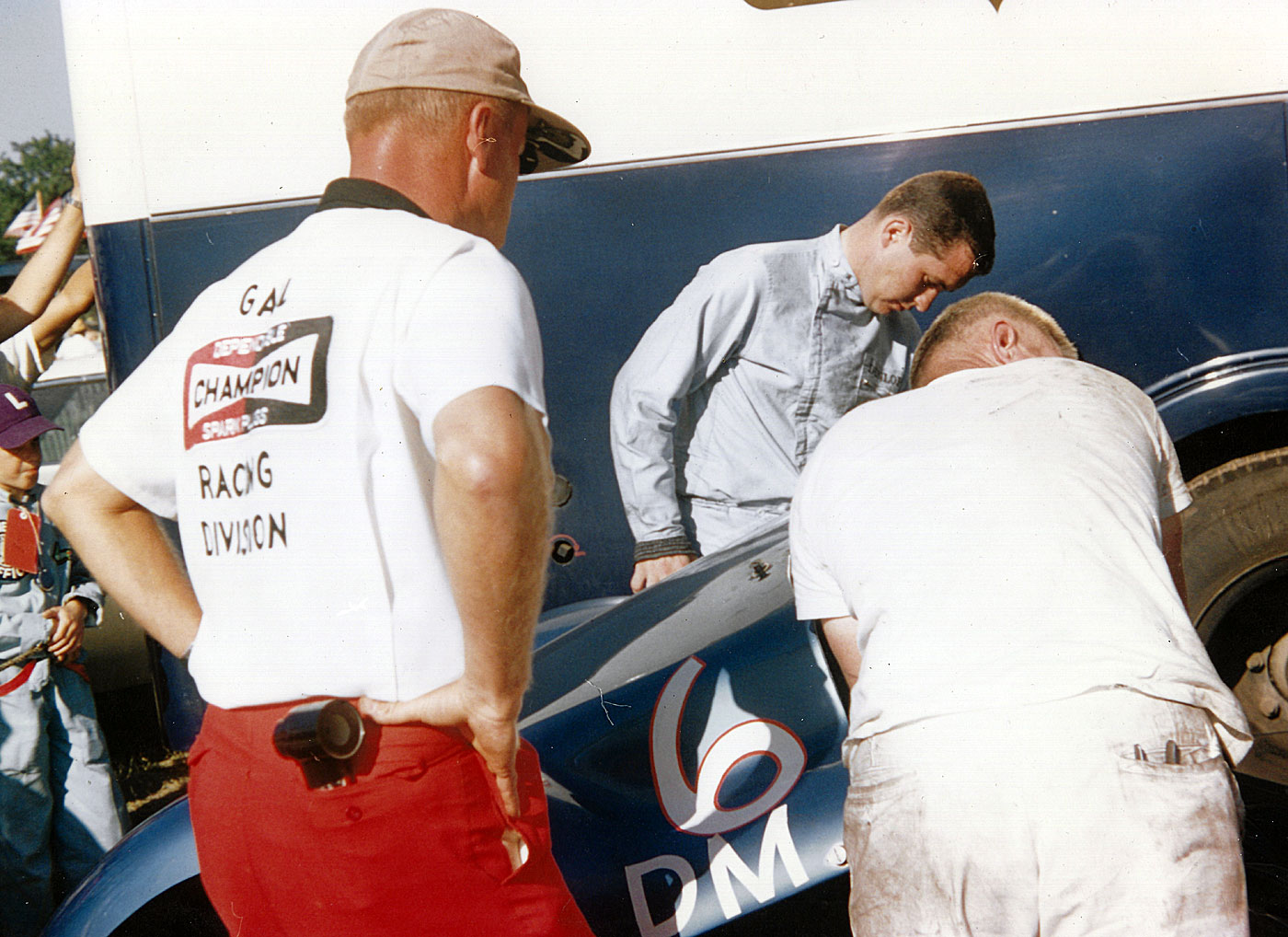
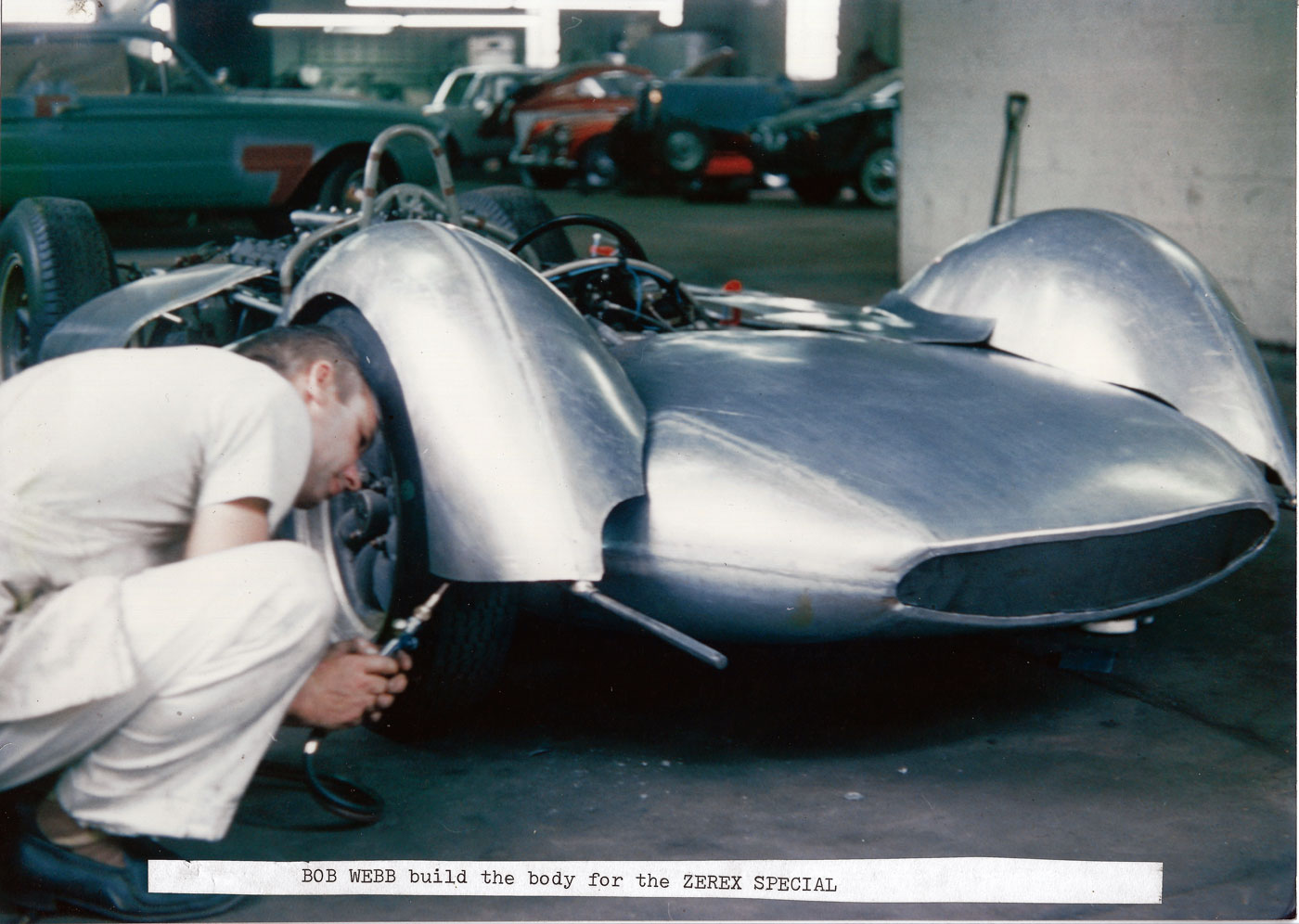
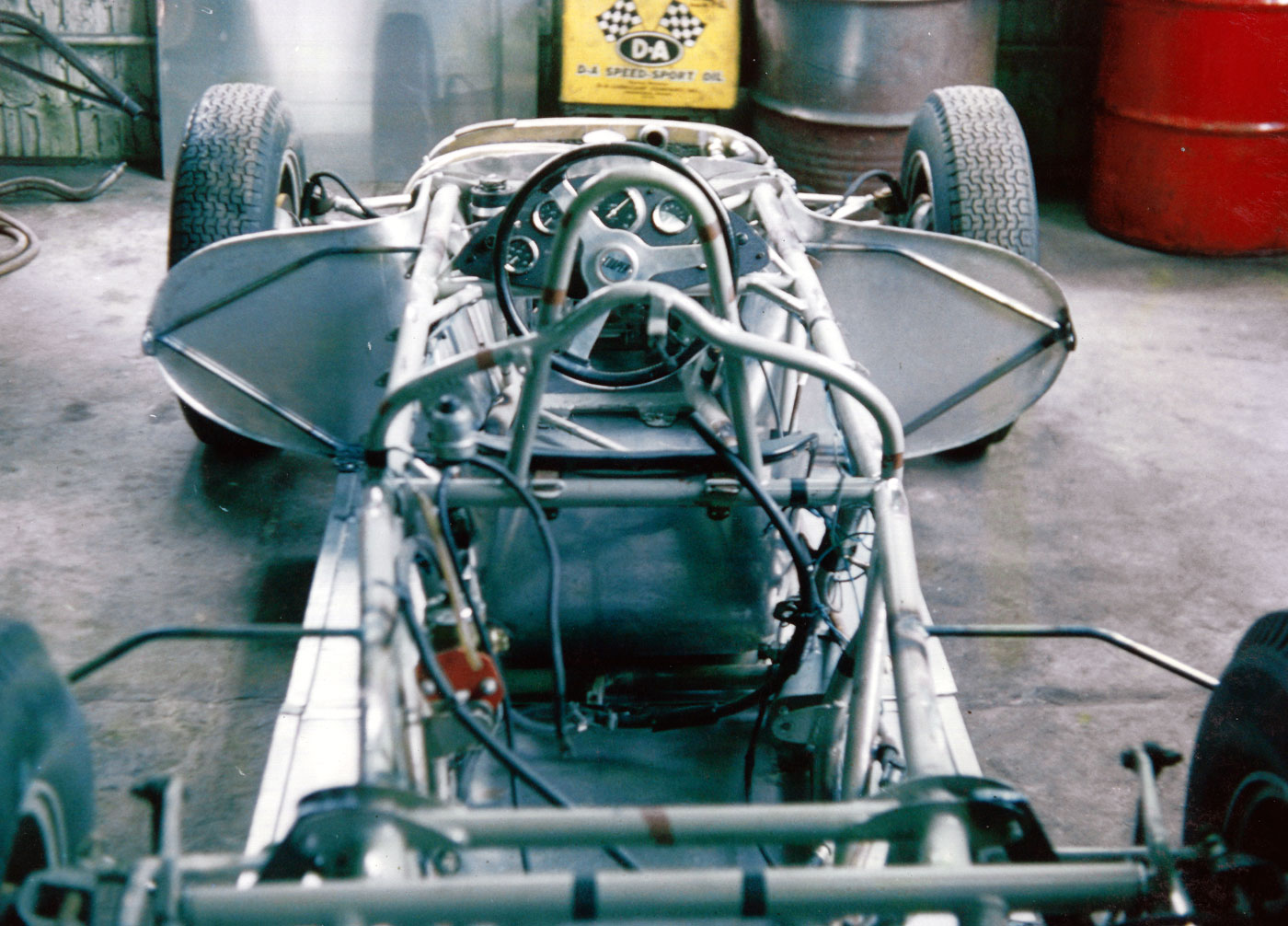
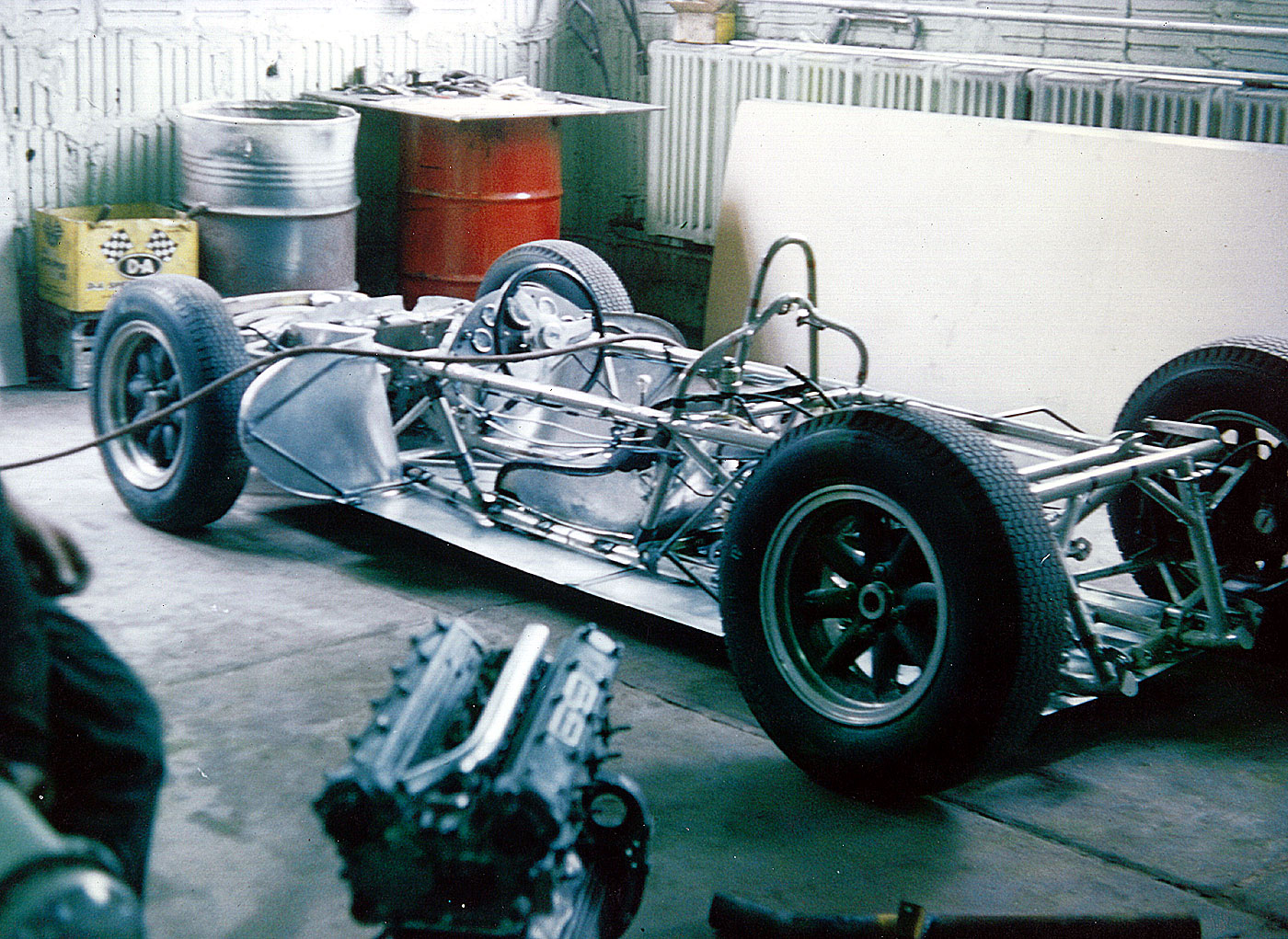
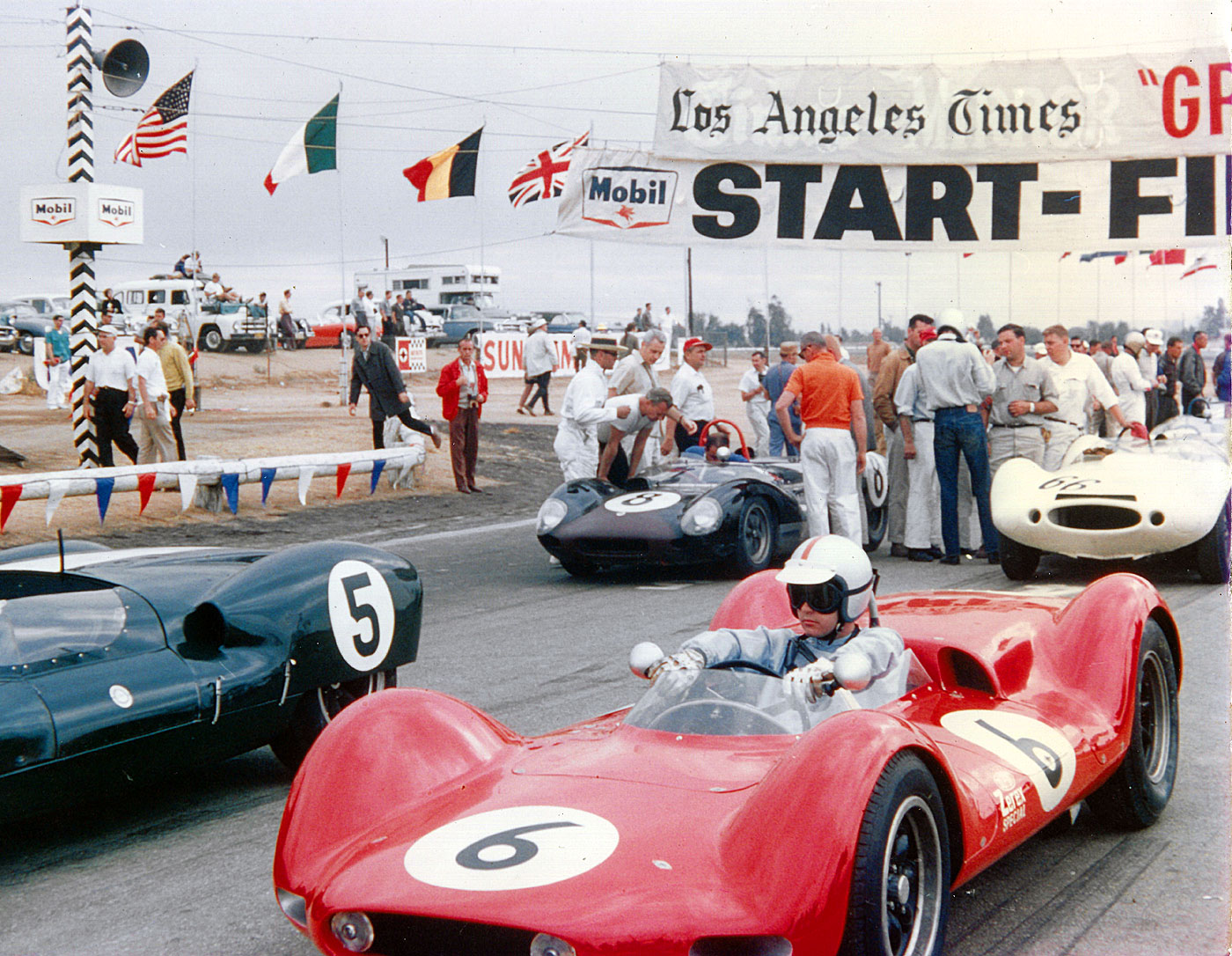
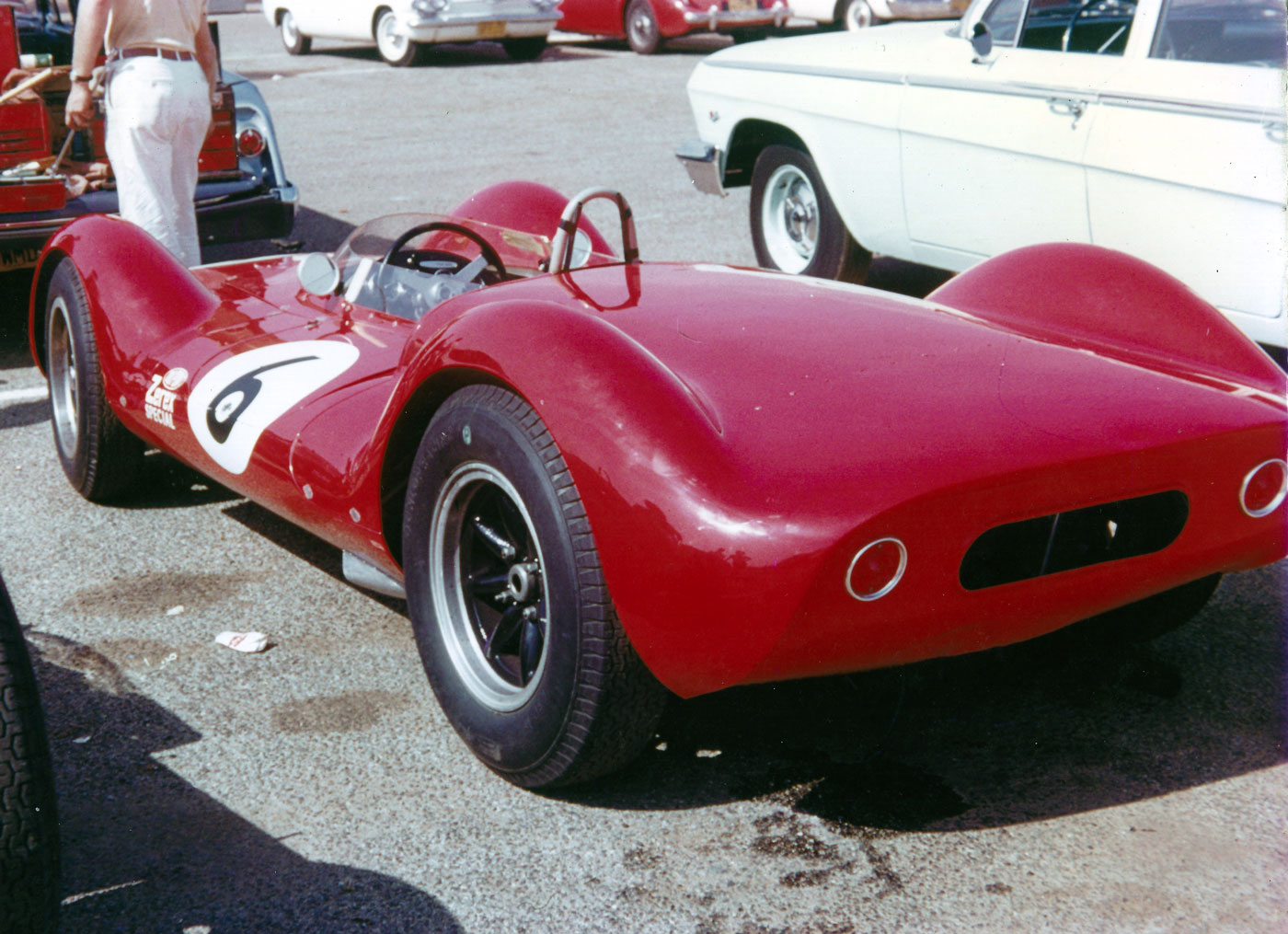

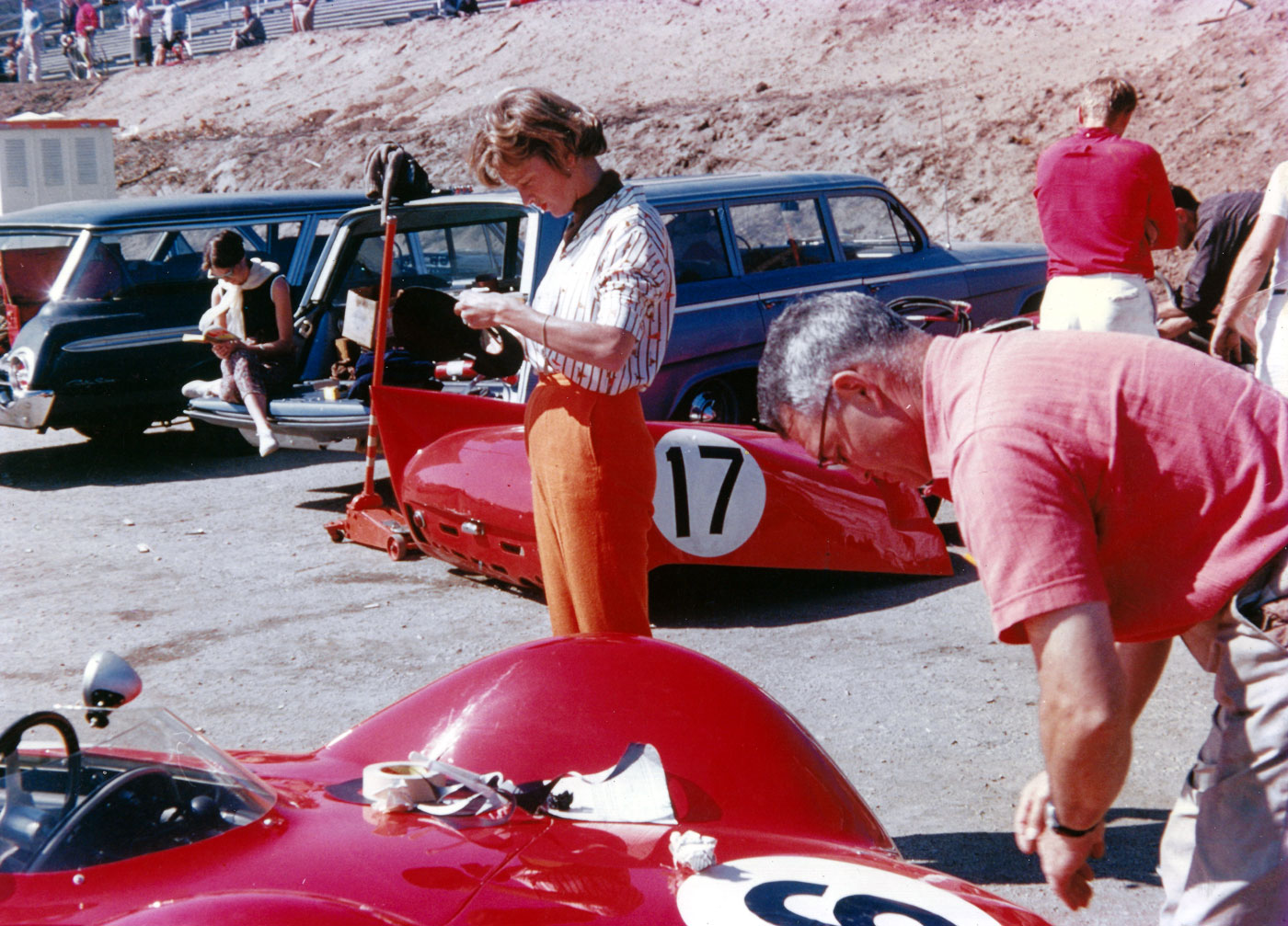
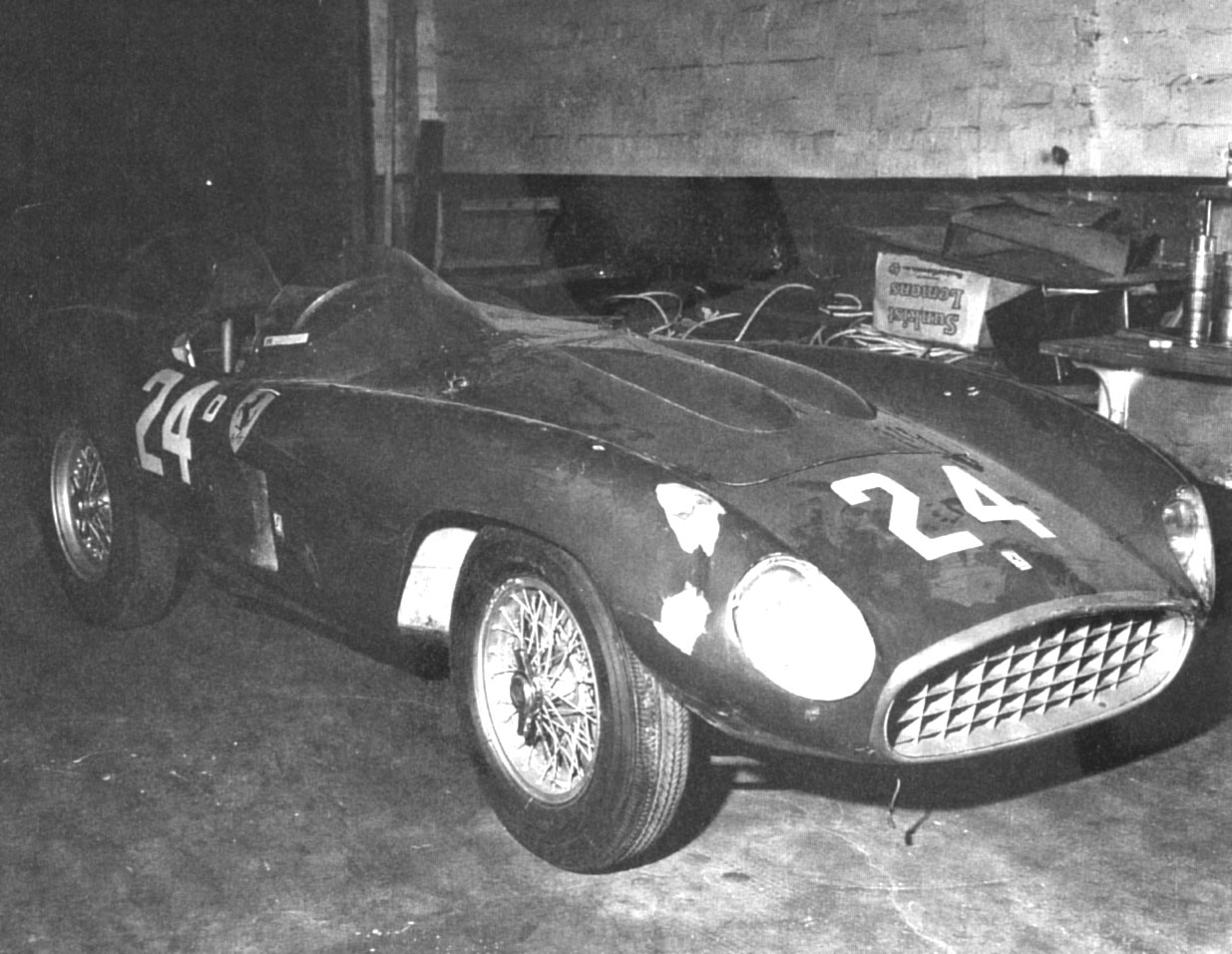
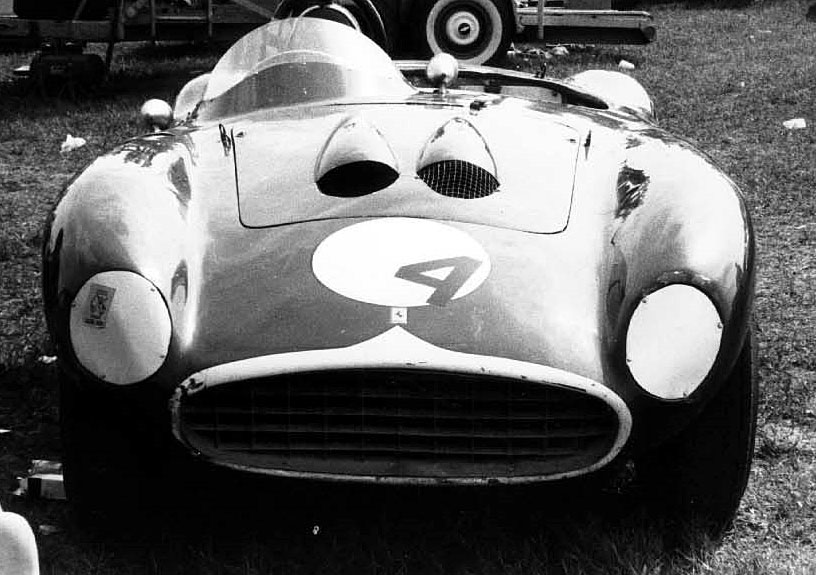
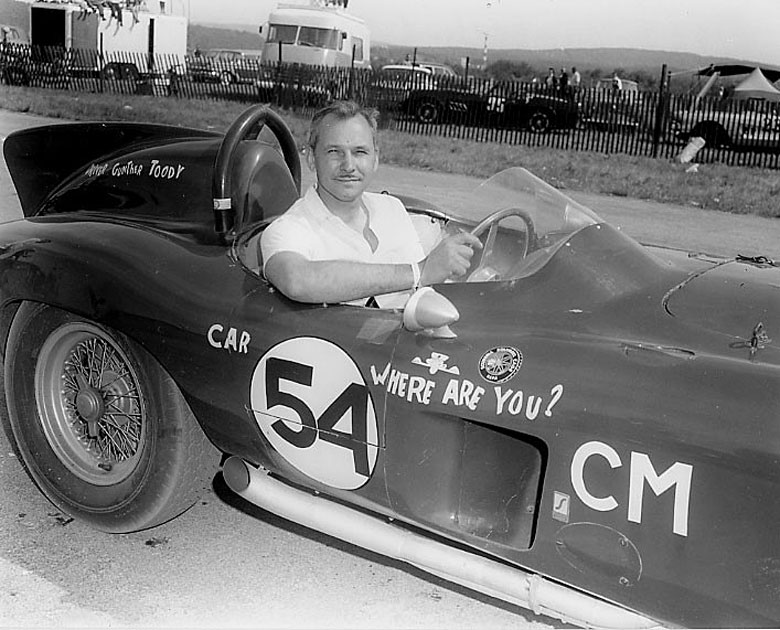
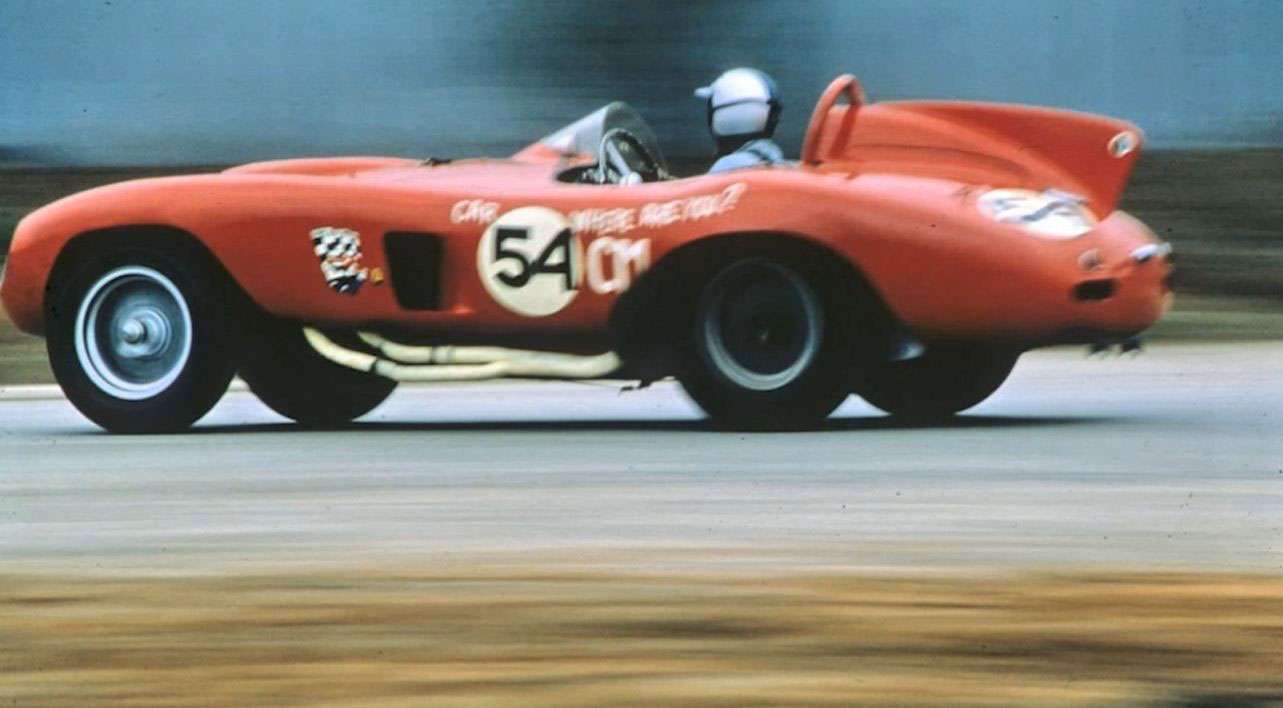
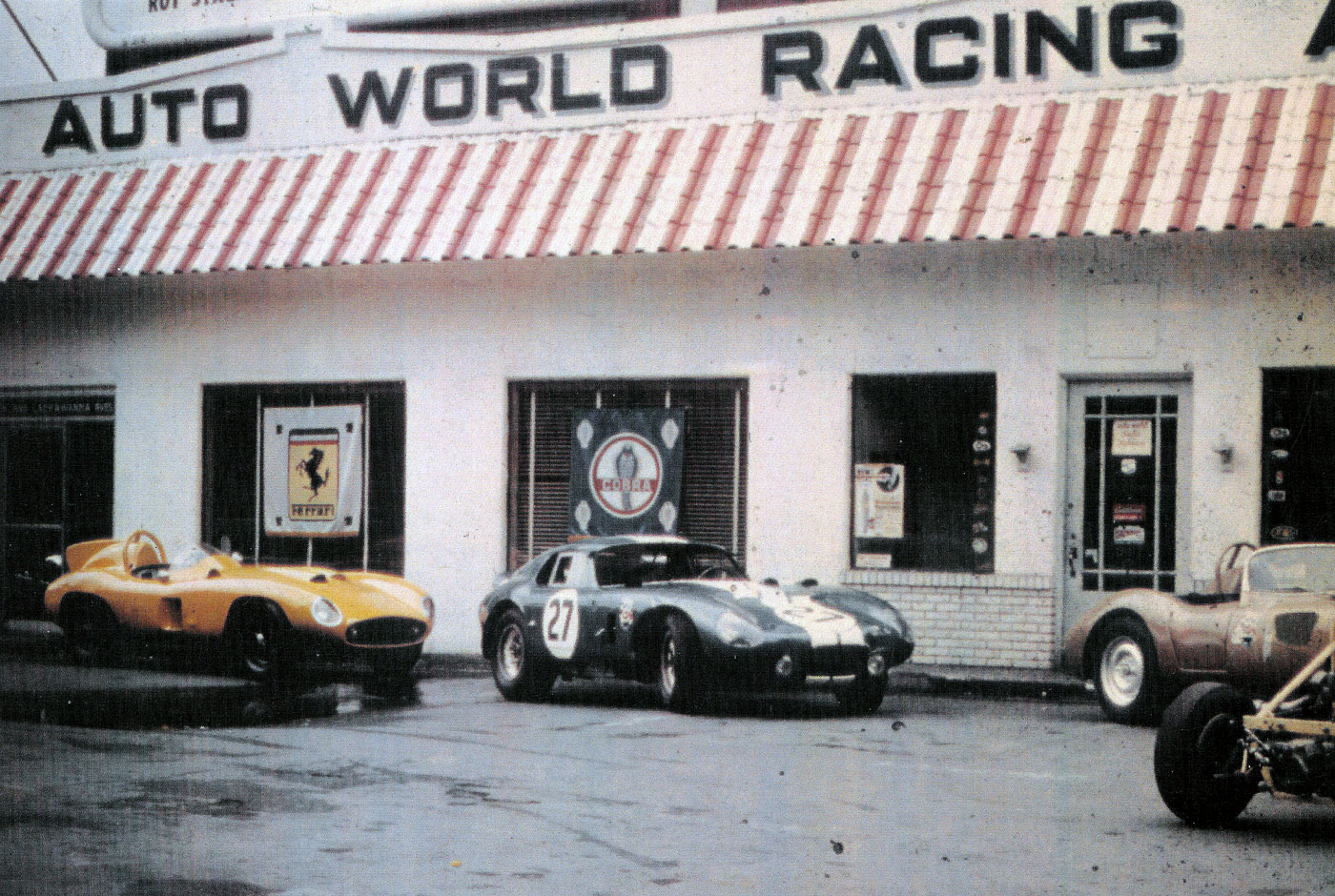
It’s not just McLarens that are multiplying… I’ve personal;y seen 12 different Ferrari Dino 246 F1s, on 3 continents; Ferrari only made 9! For four years, I raced a Cooper T53 “lowline”. We started with part of the original frame and the ID place. How’s that for reverse engineering? We did have a good set of factory drawings, however, and those old tube frame cars were simple (if not crude). If you ever saw photos of the Cooper works, from whence they came, you’d understand. Our chassis was constructed from modern Chro-moly tubing, so I’m sure it was somewhat stiffer than an original, not to mention some strategically places gusseting (thank you, CAD). We won every race we entered with the car and then sold it to an Englishman, and nobody to this day has questioned its authenticity.
Spent many Saturday mornings at Oscar’s Auto World shop in Scranton, PA. Bought Cibie fog lamps for my RX-7 there as well as many books and magazines. There were always interesting cars in the shop or the parking lot but I never saw the Daytona Coupe! It was a haven for car-related gatherings on the weekends.
Very small correction to the picture titled “In LA, October 1962:” Picture is from Laguna Seca pits in Monterey a week later.
Scanning the entire article, I did not see the name “Devin” mentioned anywhere, only once was the word “Fiberglass” mentioned. Although the original Scaglietti design aluminum bodies might have been utilized, the Devin Fiberglass bodies –at least appear -to have been used here.
The Daytona Coupe in the Auto World picture is the one in the Simeone museum in Philly. I met Jack at the museum many years ago when he stopped in to visit Dr. Simeone and showed us the fabulous notebooks full of pictures from the early days of Can Am racing and CART Indy car racing. Was a very enjoyable day listening to Jack talk about racing during the “golden years “.